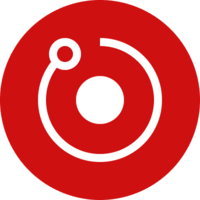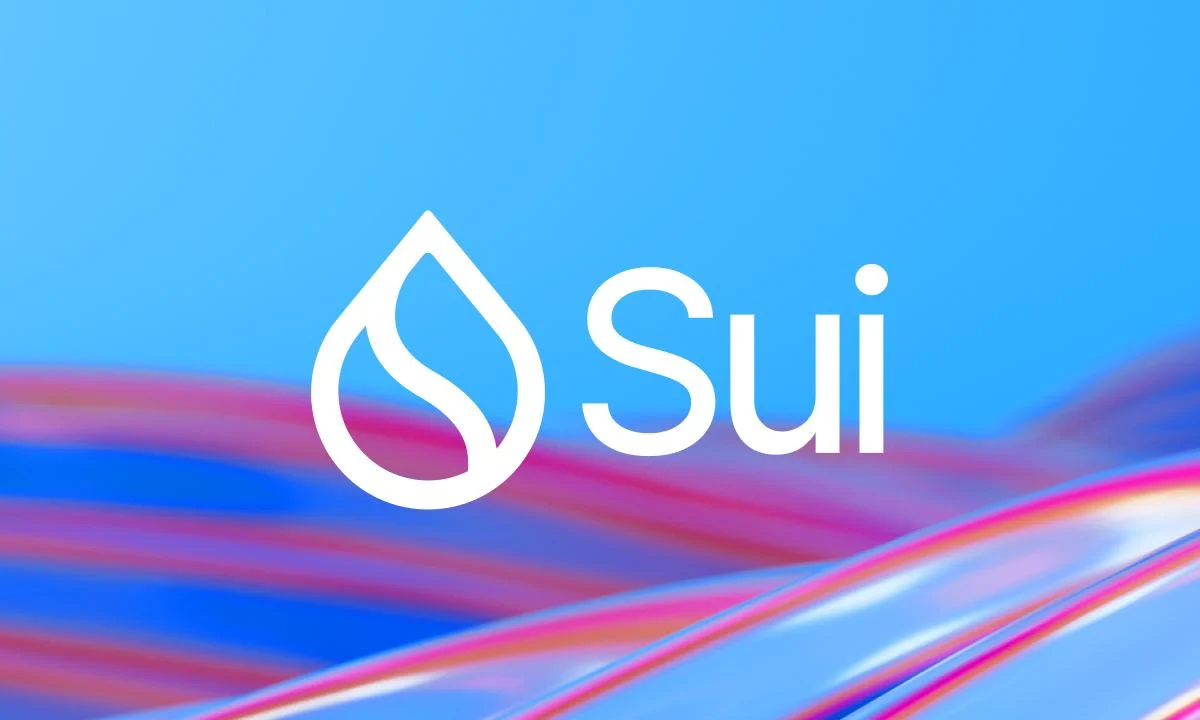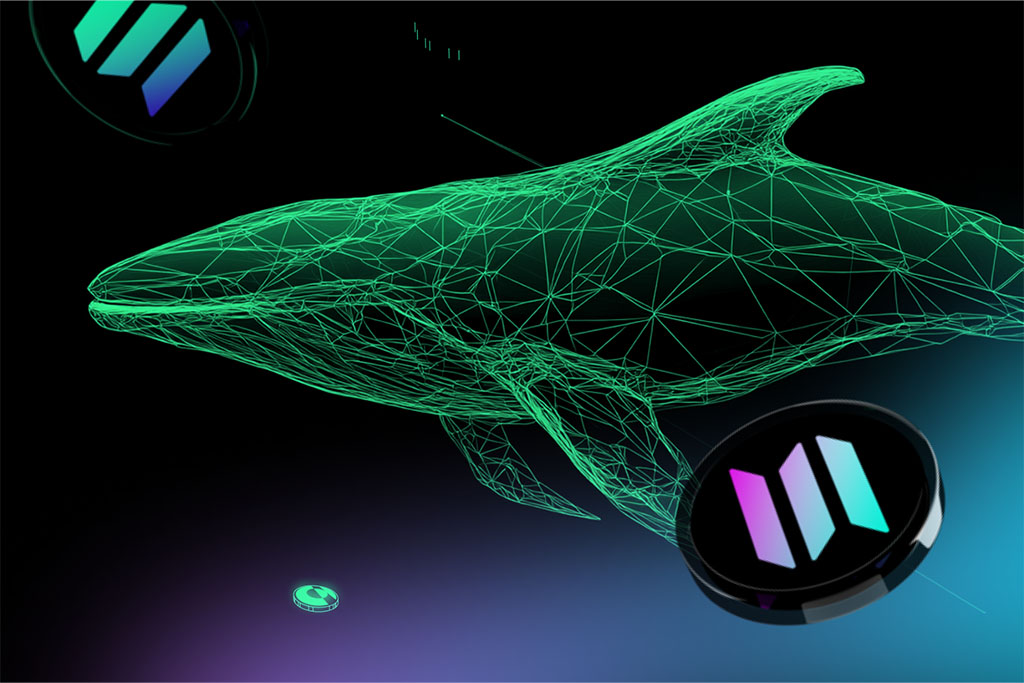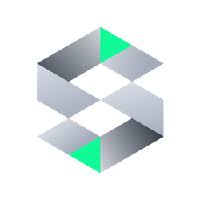The DePIN Explorer - DePIN Scan
Xu hướng 🔥
Vốn hóa thị trường DePIN
$27,927,169,073
-0.6%
Khối lượng
$11,276,084,035
-1.4%
Dự án DePIN
296
Thiết bị DePIN
19,074,201
+0.1%
Dự án DePIN
DePIN Scan là trình duyệt cho các dự án tiền điện tử DePIN. Có 296 Dự án DePIN với tổng mức vốn hóa thị trường DePIN là $27,927,169,073 và tổng số thiết bị DePIN là 19,074,201. Nhấp vào các dự án dưới đây để tìm hiểu cách bắt đầu kiếm thu nhập thụ động từ hôm nay.
Dự Án | Mã Thông Báo | Thể Loại | Lượng Theo Dõi Trên Mạng Xã Hội | Vốn Hóa Thị Trường | Giá Mã Thông Báo | Khối Lượng Giao Dịch 24h | 1 Ngày | 7 Ngày | 30 Ngày | Tổng Số Thiết Bị | 7 Ngày Qua |
|---|---|---|---|---|---|---|---|---|---|---|---|
 | SOL | Chain | 2,857,235 | $120,946,893,861 | $254.7 | $9,957,498,111 | -0.4% | +20.5% | +49.0% | - | |
 | RNDR | ServerAI | 205,471 | $3,741,908,222 | $7.23 | $339,089,468 | -2.3% | +9.1% | +46.1% | - | |
 | FIL | Server | 664,476 | $2,850,514,949 | $4.75 | $485,050,488 | +5.1% | +13.6% | +30.8% | 3,539 | |
 | THETA | ServerAI | 270,337 | $1,681,150,458 | $1.68 | $65,901,409 | -1.8% | +24.3% | +36.4% | 5,885 | |
 | AKT | ServerAI | 119,054 | $916,313,642 | $3.7 | $28,895,594 | -1.6% | +18.5% | +53.5% | 472 | |
 | HNT | Wireless | 213,792 | $911,367,600 | $5.28 | $20,033,849 | -6.6% | -8.8% | -23.5% | - | |
.jpg) | GRASS | ComputeAI | 514,215 | $505,709,981 | $2.09 | $213,496,457 | -14.2% | -23.6% | - | - | |
 | IOTX | Chain | 300,755 | $389,562,818 | $0.04127 | $24,338,616 | -2.0% | +7.9% | +7.0% | - | |
.jpg) | IO | ComputeAI | 506,482 | $291,261,056 | $2.42 | $176,155,358 | +10.6% | +18.5% | +38.2% | - | |
.jpg) | NOS | ComputeAI | 59,263 | $266,263,901 | $3.2 | $3,567,469 | -11.4% | -1.3% | +50.0% | - | |
 | ATH | Compute | 844,097 | $233,015,004 | $0.05753 | $51,620,324 | -3.8% | -4.7% | +16.6% | - | |
 | HONEY | SensorAI | 48,864 | $186,233,717 | $0.06342 | $1,030,265 | +1.1% | -9.7% | +21.8% | 8,037 |

20 giờ trước
ATOR's Journey: Building a Decentralized Future for Internet PrivacyA year ago, the Tor Project made a significant decision to remove all ATOR Relays from their network, which sparked a vision for a new decentralized future. Instead of surrendering, the team aimed to create a self-scaling, trustless network designed to enhance privacy for users worldwide. Their goal is to disrupt the VPN market by combining speed, reliability, and user-friendliness through bespoke hardware, ultimately making private browsing accessible to billions. This vision has now materialized with the launch of the Anyone Network, which boasts an impressive 5000 active relays, establishing itself as one of the largest and fastest mixnets globally.
Reflecting on the past year, the team expresses gratitude to their community for their unwavering support during challenging times. Despite the difficulties, the project demonstrated resilience and strength, showcasing the power of decentralization and community alignment. The leadership and engineering teams remained intact throughout the transition, empowering former community members to take on more significant roles within the ecosystem. The project has evolved into an open-source initiative, expanding from a single Smartweave registration protocol to over 30 active repositories contributing to blockchain technology, privacy, hardware, and applications.
Looking ahead, the team acknowledges the journey is far from over, with plans to further decentralize the network following the transition to their AO distribution protocol. They emphasize that community governance will play a crucial role in maintaining the network's safety and performance. The spirit of ATOR is now emblematic of overcoming setbacks in the Web3 space, and the team is committed to transparency through regular updates. As they tackle the larger challenge of global privacy adoption, they remain dedicated to building a Web3 ecosystem that has the potential to transform lives.

20 giờ trước
Sui Foundation Partners with Franklin Templeton to Enhance Blockchain InnovationOn November 22, 2024, the Sui Foundation announced a strategic partnership with Franklin Templeton Digital Assets, aimed at driving innovation within the Sui blockchain ecosystem. This collaboration is set to enhance the development of Sui, a Layer 1 and smart contract platform, by creating value opportunities for builders of blockchain-based solutions. Jameel Khalfan, Head of Ecosystem Development at Sui, highlighted that the partnership is a validation of Sui's technology, which was inspired by challenges in decentralized finance that Franklin Templeton is addressing.
Franklin Templeton Digital Assets has been actively involved in blockchain technology for several years, focusing on building solutions, running node validators, and developing investment strategies. Their dedicated digital assets research team employs tokenomic analysis and data science insights to guide product development and investment decisions. Tony Pecore, SVP and Director of Digital Asset Management at Franklin Templeton, expressed excitement about the advancements being made by the Sui team, noting that blockchain technology has often faced technical limitations despite its growing interest.
The Sui ecosystem is already home to innovative projects such as DeepBook, a decentralized finance solution akin to a central limit order book, and Karrier One, which supports a decentralized mobile network. Additionally, Sui has recently launched native USDC, providing users with direct access to a widely used stablecoin while mitigating risks associated with bridged assets. As a secure and scalable platform, Sui is positioning itself as a premier destination for application builders across various sectors, including gaming, DeFi, and tokenized securities.

20 giờ trước
Mạng lưới Akash và Mạng lưới Lunex Dẫn đầu trong Đổi mới Tiền điện tửThị trường tiền điện tử đang chứng kiến những phát triển đáng kể, đặc biệt là với giao thức DePIN của Mạng lưới Akash, gần đây đã vượt qua mức vốn hóa thị trường một tỷ đô la. Sự gia tăng này đã dẫn đến sự tăng giá đáng chú ý của Akash, phản ánh sự tự tin ngày càng tăng của các nhà đầu tư. Trong khi đó, Solana đang trên bờ vực đạt được mức cao nhất mọi thời đại (ATH) mới, với dòng vốn hóa thị trường cho phép nó vượt qua BNB. Sự phấn khích xung quanh ATH sắp tới của Solana không chỉ là một chiến thắng cho nền tảng mà còn cho toàn bộ hệ sinh thái tiền điện tử, cho thấy tiềm năng của nó cho việc áp dụng chính thống và hoạt động phát triển mạnh mẽ.
Trong lĩnh vực tài chính phi tập trung (DeFi), Mạng lưới Lunex đã nổi lên như một người chơi mới đầy hứa hẹn. Sàn giao dịch hybrid này cung cấp một giải pháp độc đáo bằng cách tạo điều kiện cho giao dịch chéo chuỗi với hơn 50.000 cặp giao dịch và cấu trúc không phí. Mạng lưới Lunex nhằm đơn giản hóa DeFi cho cả nhà giao dịch mới và có kinh nghiệm, làm cho nó dễ tiếp cận hơn với các nhà đầu tư bán lẻ. Với thanh khoản ấn tượng 2,95 triệu đô la đã được đảm bảo, Lunex đang định vị mình như một người hỗ trợ chính trong không gian DeFi, có khả năng dân chủ hóa quyền truy cập vào thị trường sinh lợi này.
Sự gia tăng của Mạng lưới Akash, Solana và Mạng lưới Lunex làm nổi bật một xu hướng rộng lớn hơn hướng tới đổi mới phi tập trung ngoài tài chính truyền thống. Sự tăng trưởng 10% gần đây của Akash trong 24 giờ qua và mức tăng 36% đáng kể trong tuần qua nhấn mạnh tiềm năng của nó để làm gián đoạn các dịch vụ đám mây thông thường. Khi nhu cầu về các nền tảng phi tập trung, không cần tin cậy ngày càng tăng, những token này mang đến những cơ hội đầu tư thú vị. Với Solana gần đạt ATH và động lực của Akash, các nhà đầu tư đang theo dõi chặt chẽ những phát triển này, trong khi Mạng lưới Lunex tiếp tục thu hút sự chú ý với các đề xuất DeFi của mình.

20 giờ trước
Enhancing Context Recall in Retrieval-Augmented GenerationRetrieval-augmented generation (RAG) has emerged as a pivotal method for integrating large language models (LLMs) into specialized business applications, enabling the infusion of proprietary data into model responses. Despite its effectiveness during the proof of concept (POC) phase, developers often face significant accuracy drops when transitioning RAG into production. This issue is particularly pronounced during the retrieval phase, where the aim is to accurately fetch the most relevant context for a given query, a metric known as context recall. This article delves into strategies for enhancing context recall by customizing and fine-tuning embedding models, ultimately improving RAG's performance in real-world applications.
RAG operates in two main steps: retrieval and generation. In the retrieval phase, the model converts text into vectors, indexes, retrieves, and re-ranks these vectors to identify the top matches. However, failures in this phase can lead to missed relevant contexts, resulting in lower context recall and less accurate generation outputs. One effective solution is to adapt the embedding model, which is designed to understand relationships between text data, to produce embeddings that are specific to the dataset being used. This fine-tuning allows the model to generate similar vectors for similar sentences, enhancing its ability to retrieve context that is highly relevant to the query.
To improve context recall, it is essential to prepare a tailored dataset that reflects the types of queries the model will encounter. This involves extracting a diverse range of questions from the knowledge base, paraphrasing them for variability, and organizing them by relevance. Additionally, constructing an evaluation dataset helps assess the model's performance in a realistic setting. By employing an Information Retrieval Evaluator, developers can measure metrics like Recall@k and Precision@k to gauge retrieval accuracy. Ultimately, fine-tuning the embedding model can lead to substantial improvements in context recall, ensuring that RAG remains accurate and reliable in production environments.






.svg)
.png)


.png)